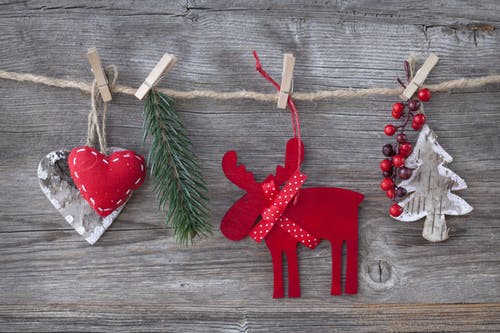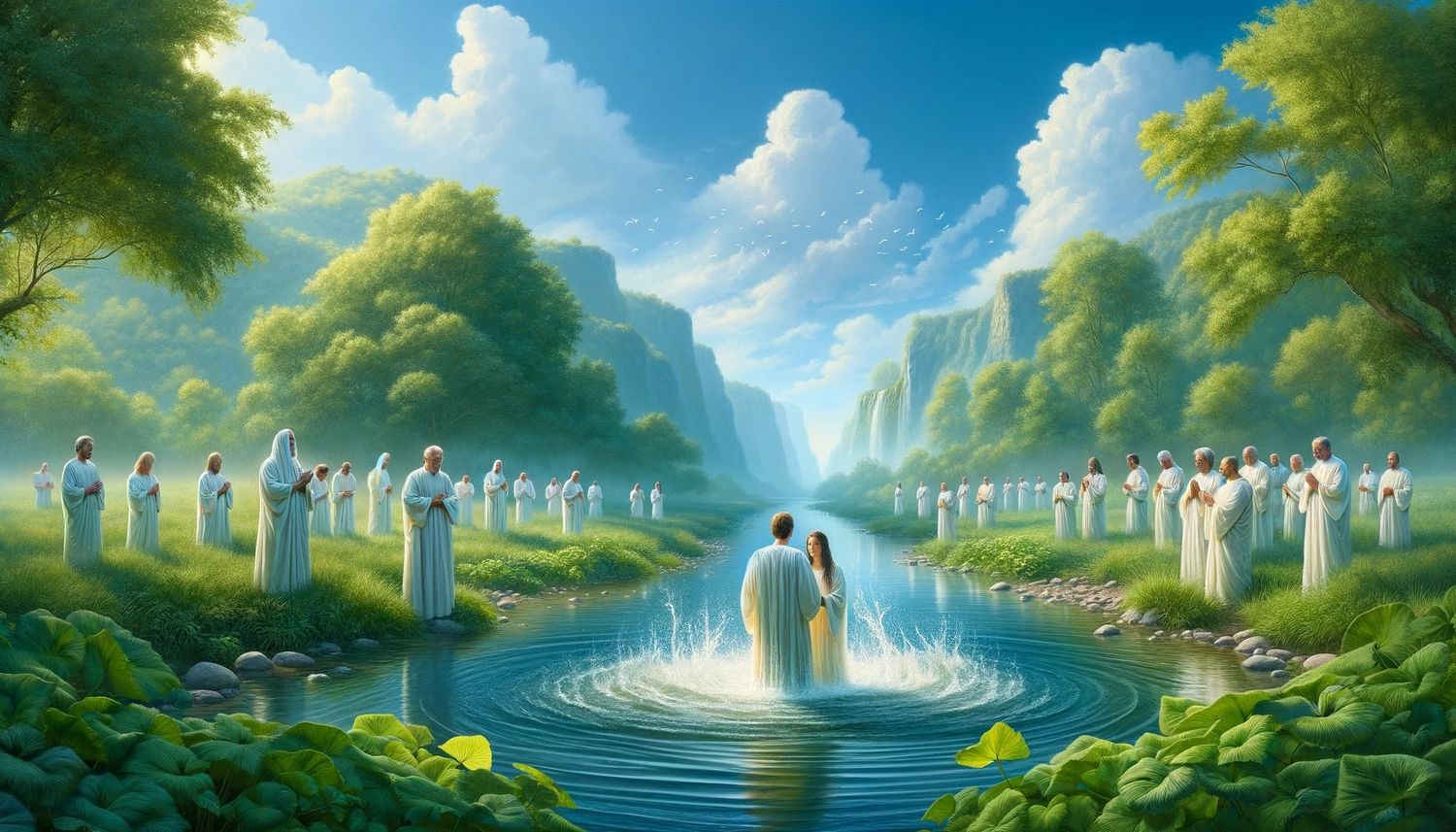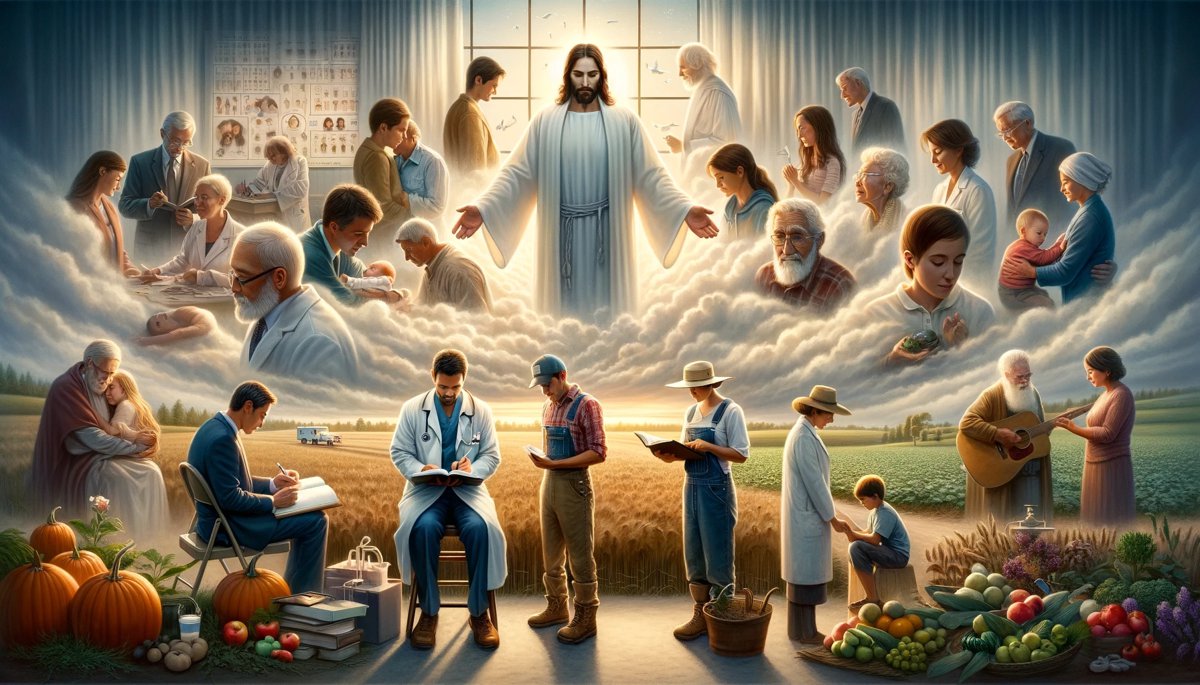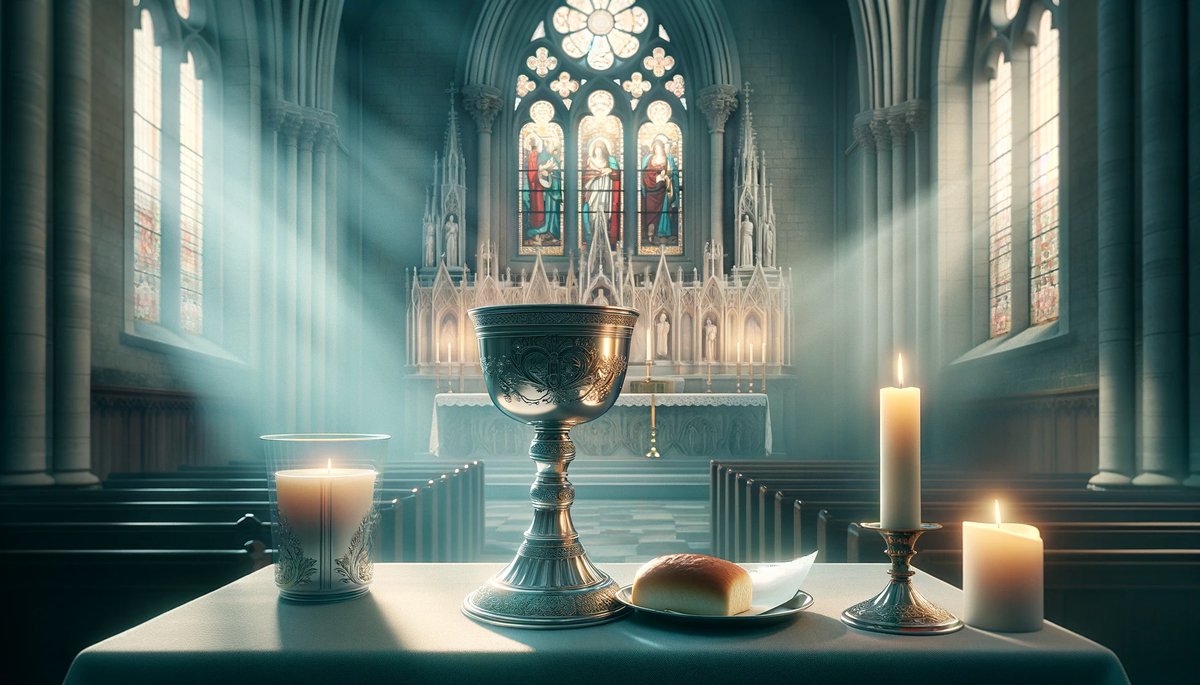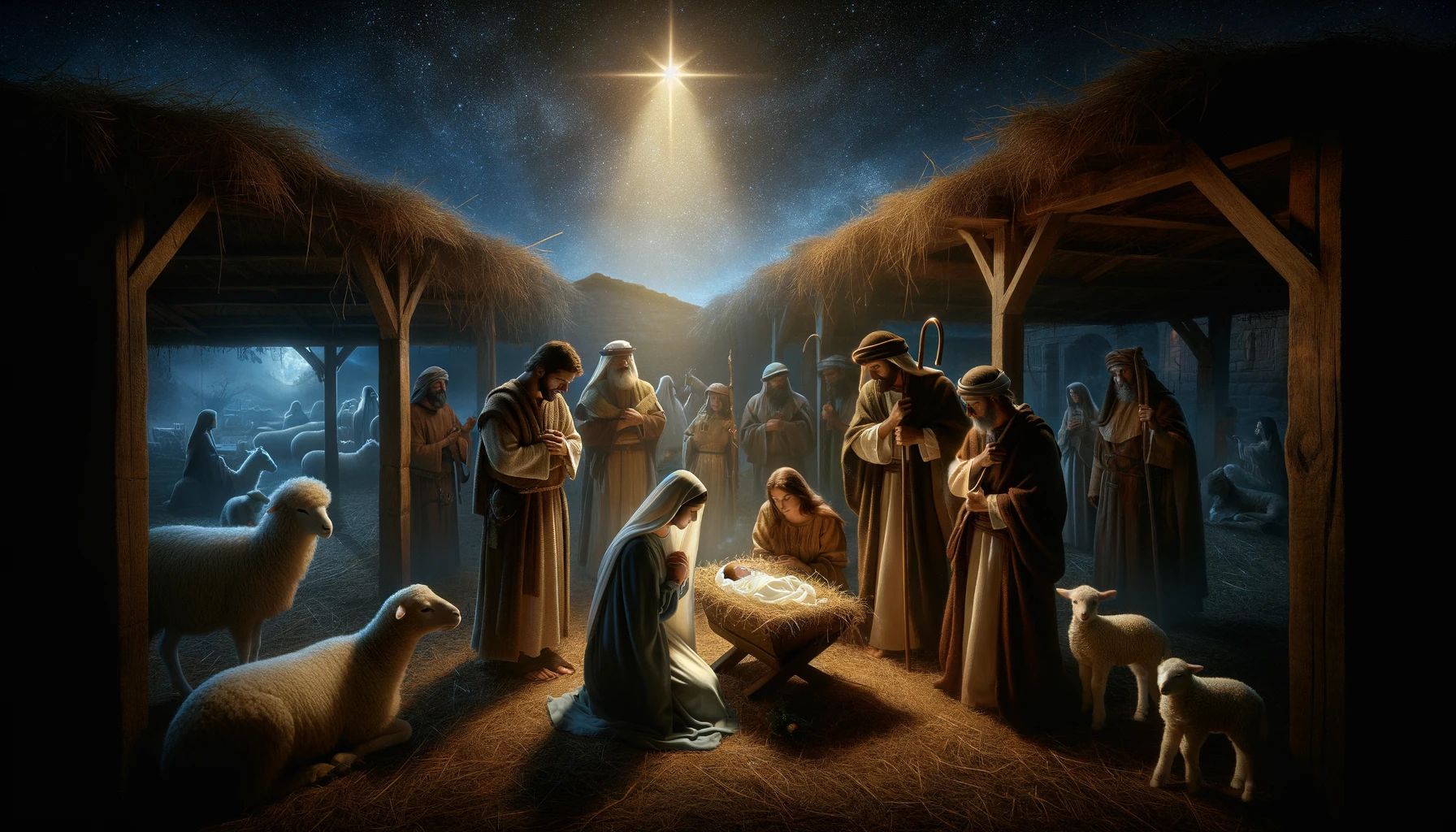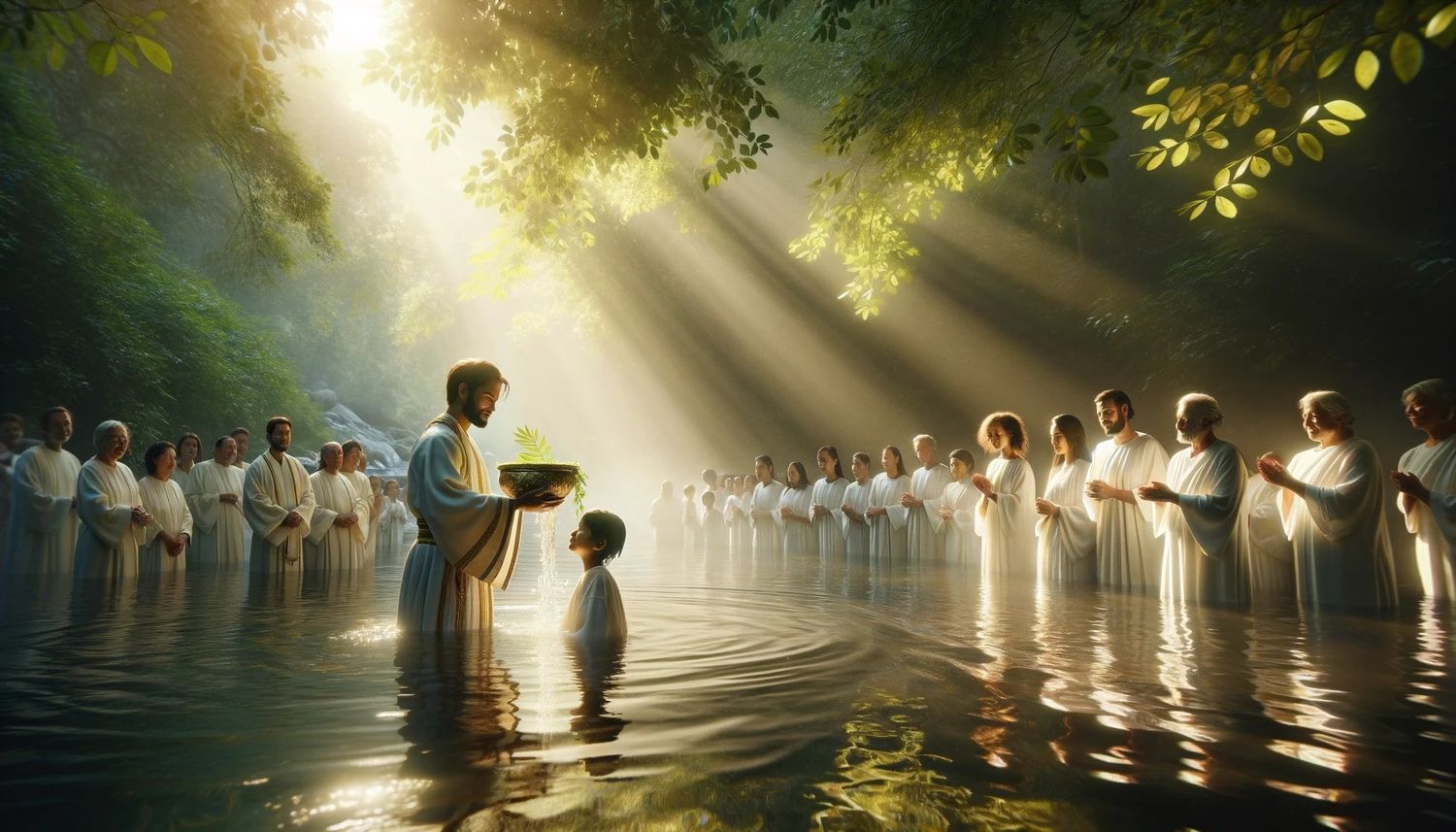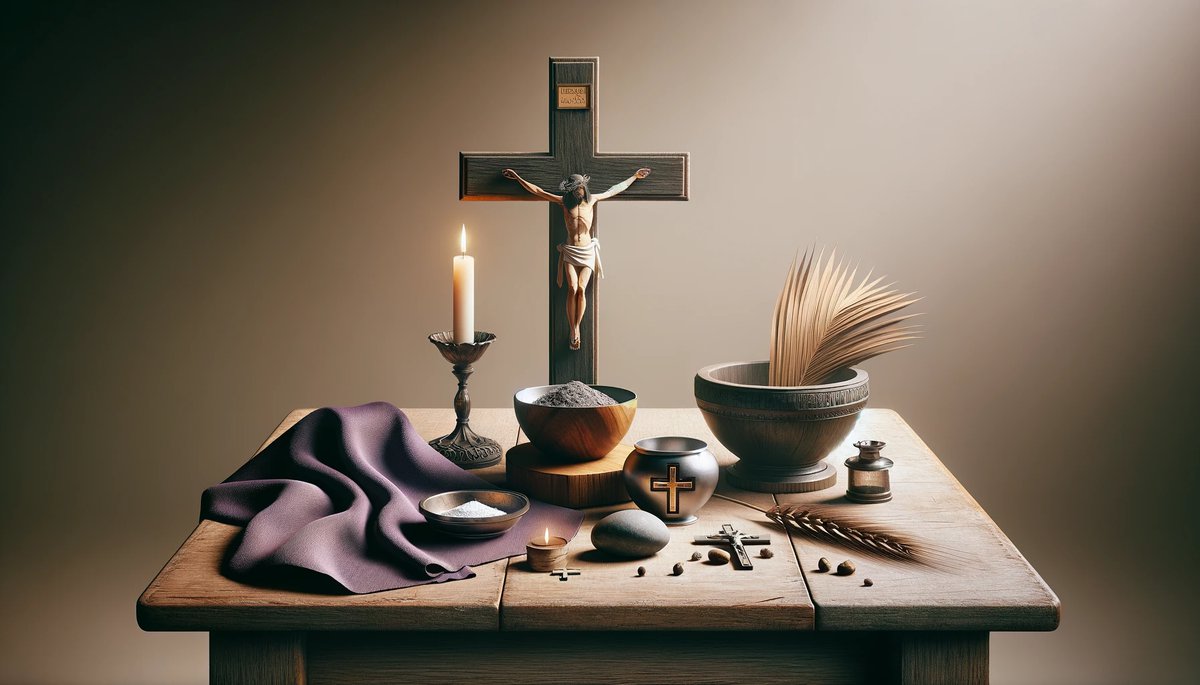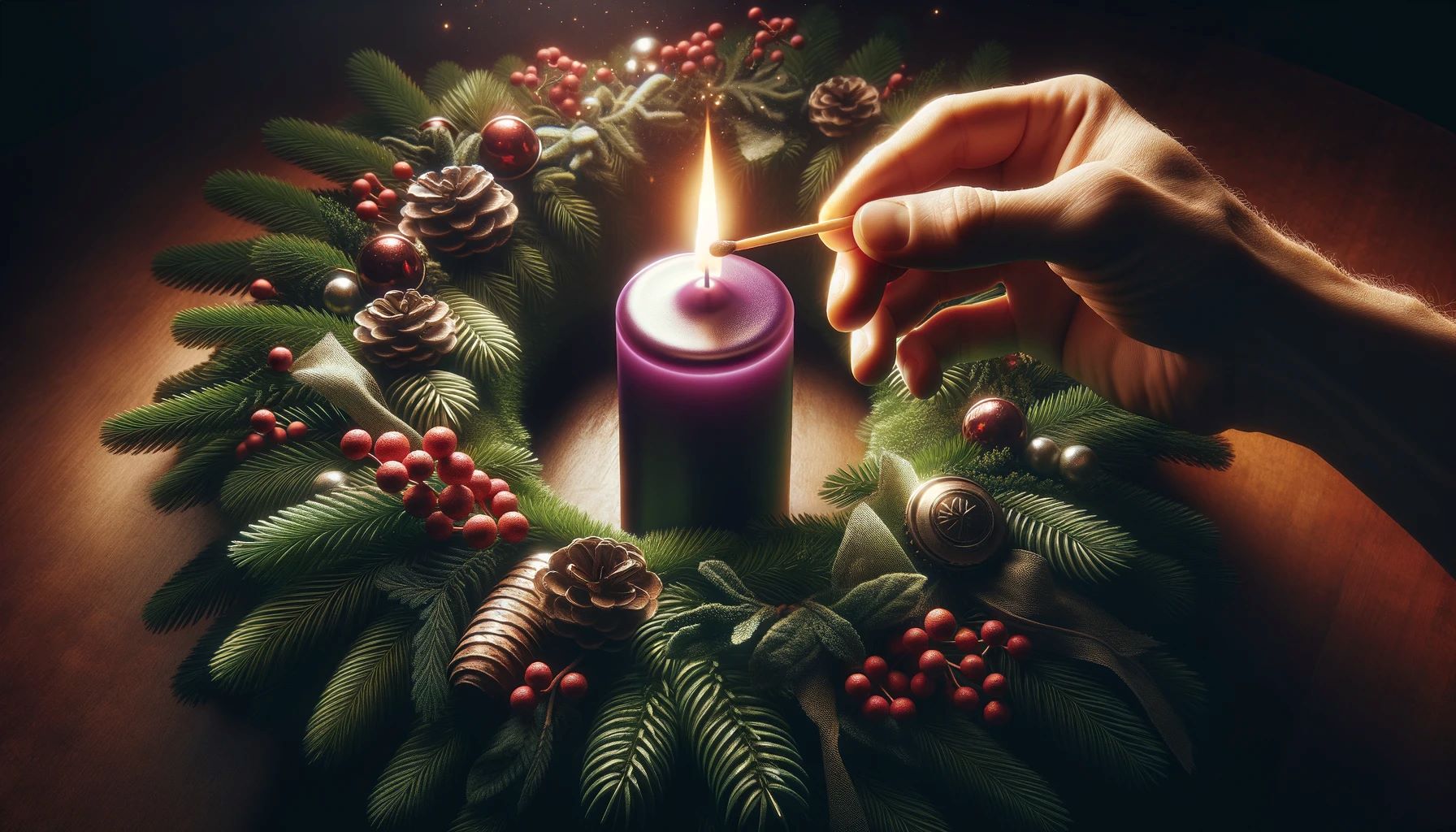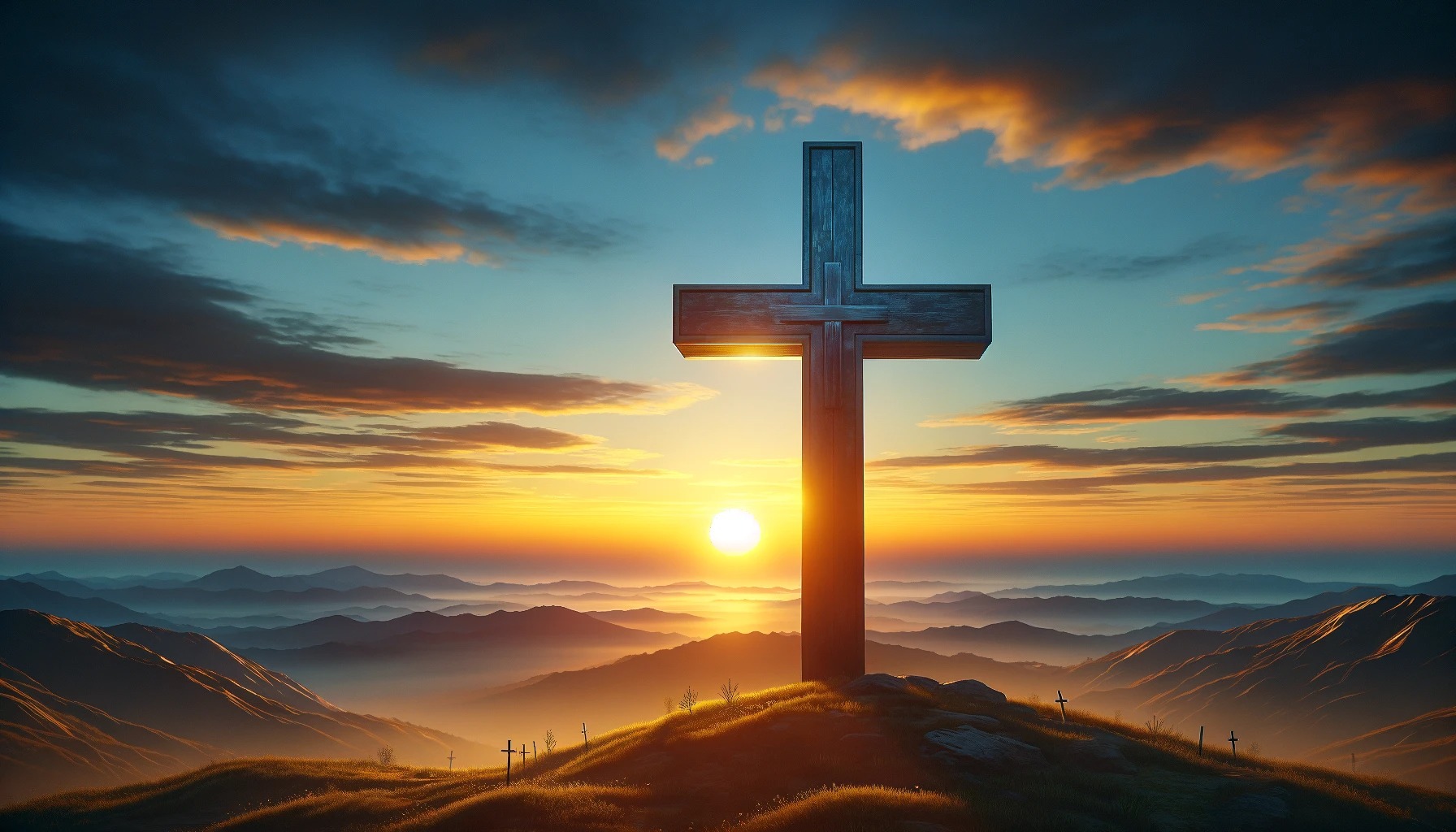Home>Christian Resources>Christian Symbols of Life and What They Mean
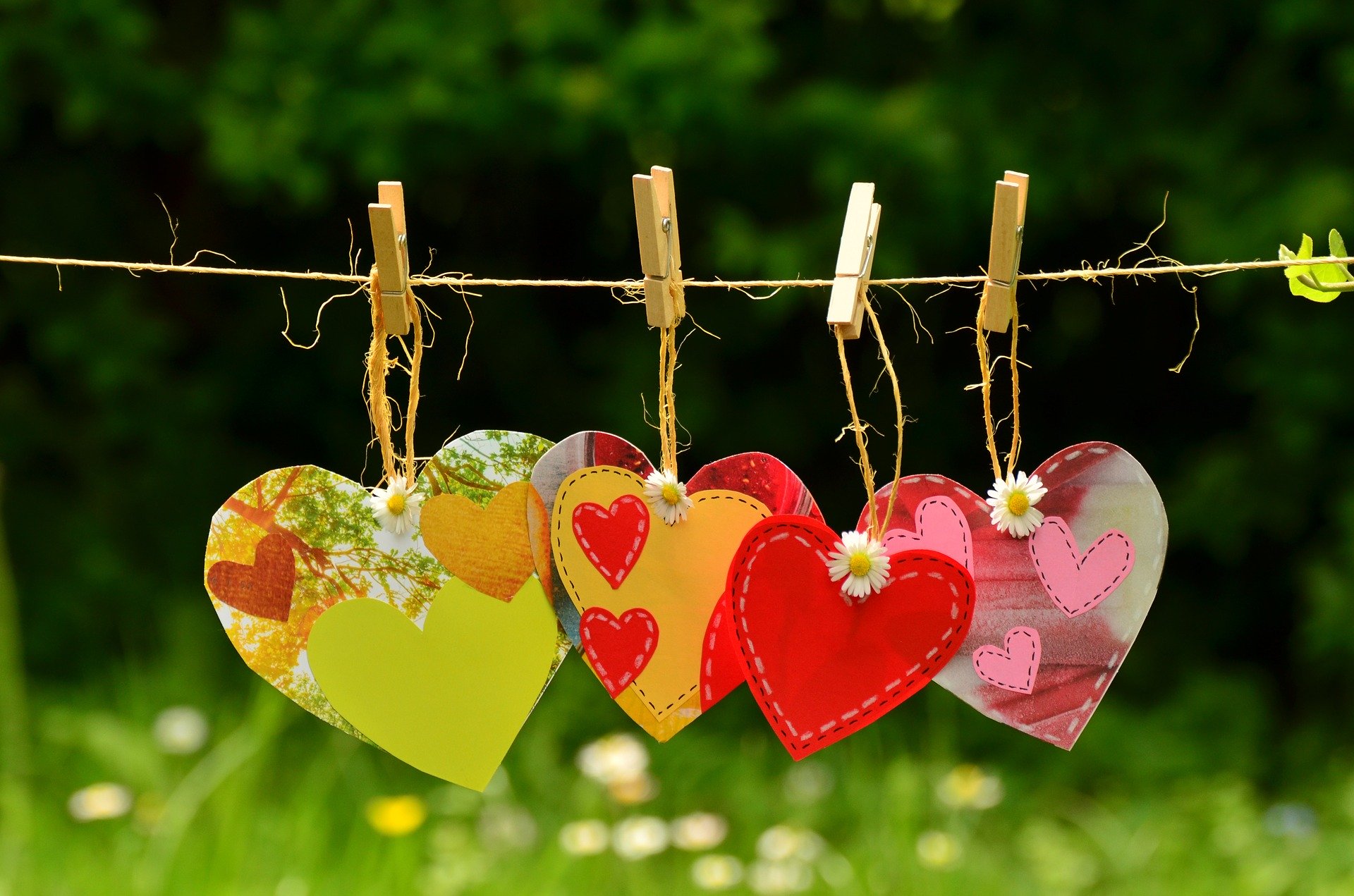

Christian Resources
Christian Symbols of Life and What They Mean
Modified: January 9, 2024
Jason DeRose, Managing Editor at Christian.net, uses his expertise in religion and journalism to deepen understanding of faith's societal impacts. His editorial leadership, coupled with a strong academic background, enriches the platform’s diverse content, earning him recognition in both journalism and religious circles.
With these symbols of life, we'd be surprised to see just how many objects, signs, and natural creations there is that point out to God.
(Many of the links in this article redirect to a specific reviewed product. Your purchase of these products through affiliate links helps to generate commission for Christian.net, at no extra cost. Learn more)
With the vast coverage of wonderful stories and love-centered truths, the Bible holds numerous terms and symbols that foreshadow and illustrate the beauty behind God’s promises. Among the many lessons in the Bible, the message and mission behind life are the core teachings of Christianity. With these, the varying symbols of life have been used for years to depict the different messages of what the Bible has to say about God’s Words in connection to being alive. Some of these are rooted deep within Christianity’s rich history while some are parts of nature and daily objects we encounter every day!
Life In The Bible
Before the symbols of life, we have to understand the broadness of the term first. Just “life” as a word leads to countless meanings. It can refer to how to live life or what happens when life is gone or how to make living life count with Jesus- The topics around the word life can branch out into endless meanings. We as Christians should have a personal, heart to heart relationship with Jesus for he is the way, the truth, and the life (John 14:6 – 7). Many like the Apostle John proclaims that Jesus represents the living word, “life” of God, and is a divine interconnection, or appearance of God himself. It is important to acknowledge these definitions since the symbolisms shown below have different interpretations of the word “life” (1 John 1:1- 4).
Symbols of Life: Ancient Symbolisms
From archetypes to artworks, symbols of life were already used even in the early times of Christianity. These ancient symbols of life have since then helped express Christian beliefs in minimalistic efforts. Throughout history, these ancient symbols were used as identities to show a person’s devotion to God. After the legalization of Christianity in the Roman Empire under the Edict of Milan in 313, the use of these symbols spread in larger populations and became more common. It must be noted that the majority of Christian religions use symbolism while a small portion practice Aniconism. Unlike most Christian denominations, Aniconism denies any symbolistic or material representation of faith or any religious concept.
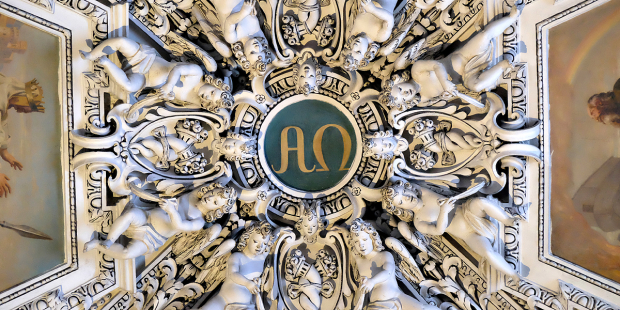
The Alpha and Omega
This symbol is seen on colorful stained glasses or even in gates for some churches. This is referenced from Revelation 22:13 where Jesus calls Himself the Alpha and the Omega. In the Greek alphabet, the Alpha and Omega are the first and last letters of the writing system. Meaning, Jesus is telling us that He is the First and the Last, the Beginning and the End. In the Book of Revelation, Jesus reminds us that He is coming a second time. In connection to life, we should always remember what Jesus taught, how He brings with Him rewards based on what we have done.
The symbols were used in early Christianity and seem to have appeared in Roman catacombs. Also, in early Christian art, the alpha and Omega letters are shown hanging from the arms of the cross. Additionally, this symbol is more common in Western than Eastern Orthodox Christian art. And interestingly, they are often shown to the left and right of Christ’s head. Jesus is the Beginning and the End. And we should not live our lives on Earth denying Jesus, life starts with Jesus.
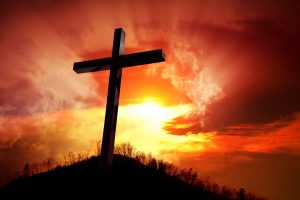
The Latin Cross
Probably the most recognized symbol, the Latin Cross directly illustrates the cross in which Jesus died. This is the symbol commonly used to represent Christianity as a religion worldwide. Actually, there are different cross variations that represent different meanings. But, the Latin Cross or “crux immissa” is the cross variation that’s most straightforward in terms of visual aspects. Though there are many forms of a cross, the Latin cross is made of two pieces of wood crossed to create four right angles.
Christians identify with the Latin cross through Jesus’ instructions on following him (Matthew 10:38; Mark 8:34; Luke 9:23). The cross today represents Christ’s victory over sin and death through the sacrifice of his own body on the cross. The death of Jesus is a highly significant event in one’s Christian life.

The Circle
This shape is incorporated with other Christian items like the advent wreath which is used for Christmas. This symbol represents eternity and the never-ending quality of God’s existence and love. Noticing the characteristic of a circle, it has perfect symmetry and balance. This quality also represents the perfection of God and His eternal love that knows no end. In connection to life, a circle reminds us of just how powerful and unstoppable God is.
A circle in Christianity also represents a wedding ring, an expression of an eternal union between husband and wife. A relationship exact to that of the relationship between Christ and the bride, the Church. Our life on Earth is temporary because the life we are hopefully bound to share with the Lord has no expiry and His Love is so vast that it will cover everyone who accepts Him!
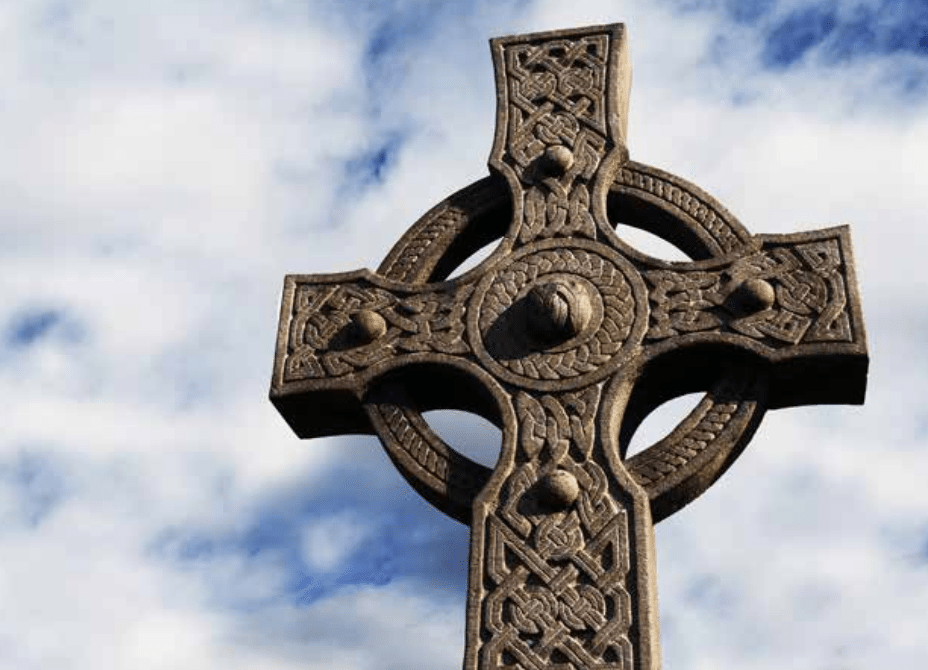
The Celtic Cross
There are variations of crosses used as symbols of life. These differences are morphed from different eras, historical background, and meaning. Now, the Celtic cross was found originally in Great Britain and Ireland. These were seen in wayside and used as the cross variation for cemeteries. The Celtic Cross’s visual characteristics are like a fusion of the Latin Cross and the Circle. The ring or the circular shape that’s featured in the cross depicts eternity with Jesus as represented by the cross.
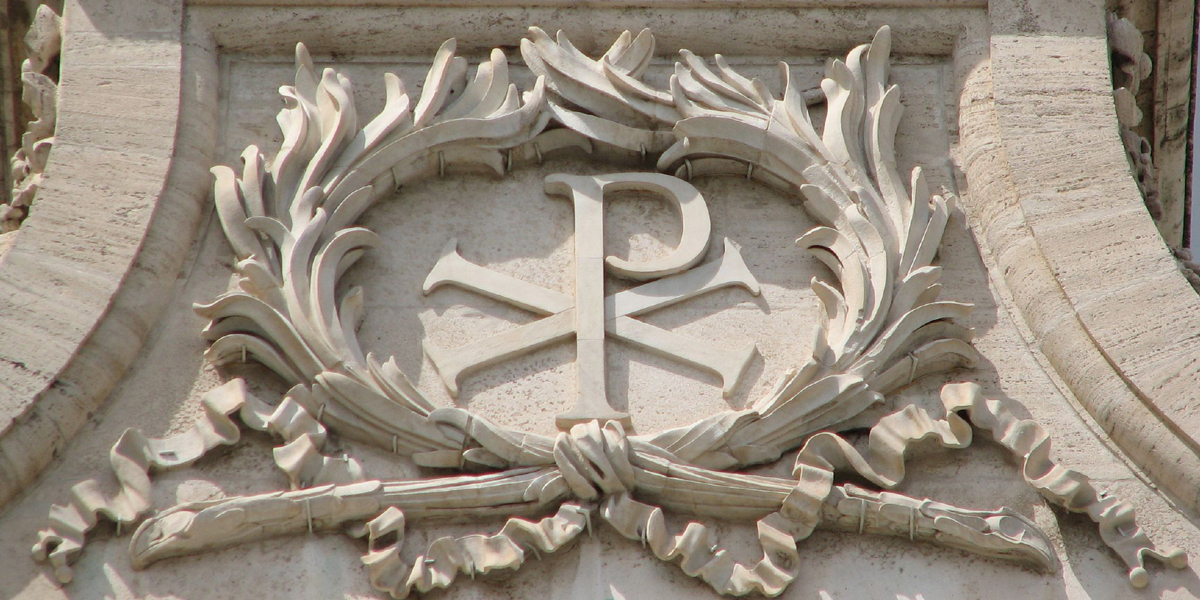
Chi-Rho
Pronounced as ‘KEE-roe’, this symbol represents both Jesus Christ and Christianity. Also known as a Christogram, it combines two capital letters of the Greek word “Christos” (meaning “Christ”) “chi” that looks like “X” and “rho” that resembles a “P”. Combined together this symbol translates to the Savior, Jesus Christ.
This is also the reason why some people abbreviate “Christ” into “X” in Christmas since “X” or “chi” pertains to Christ. The Chi Rho symbol is used in different structures and Roman coins. As a matter of fact, it was Roman Emperor Constantine I (306–337) who first used the symbol Chi-roh, and had it engraved in all the shields of his soldiers!
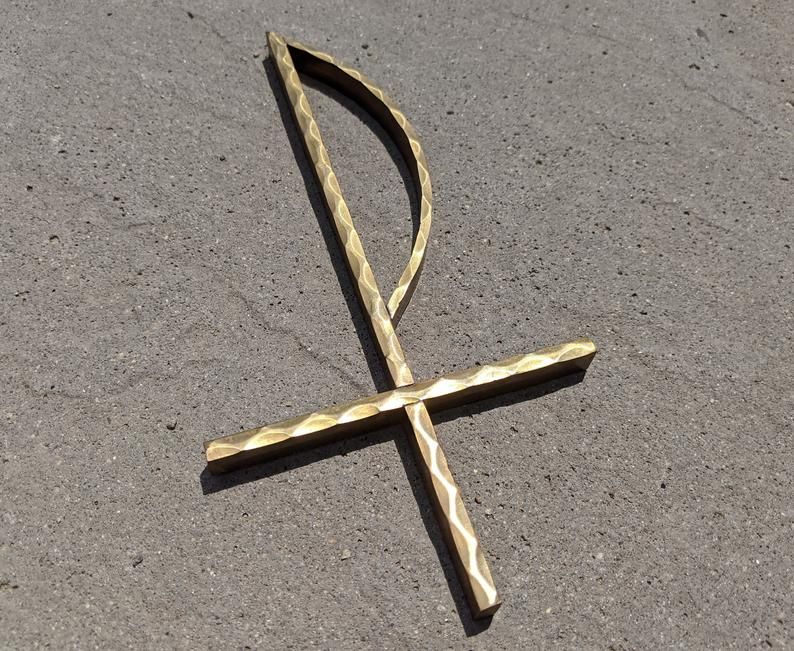
The Staurogram
Visually, the Staurogram has similarities with the Chi Rho symbol. The capital letter “tau” or “T” looks like the T in the English alphabet. While “rho” or “R” resembles a letter P. This is what makes the Chi Rho and the Staurogram similar by appearance. But, in meaning, the Staurogram is more specific. With these two characters combined (the “tau” and the “rho”), it gives off the verb “to crucify” or “stauroō” while a cross is a “stauros“. Meaning, this symbol is used only to represent crucifixion or the death of Jesus and not including the other characteristics of Jesus. The Staurogram is usually seen on Christian-inspired accessories like bracelets, rings, and necklaces.
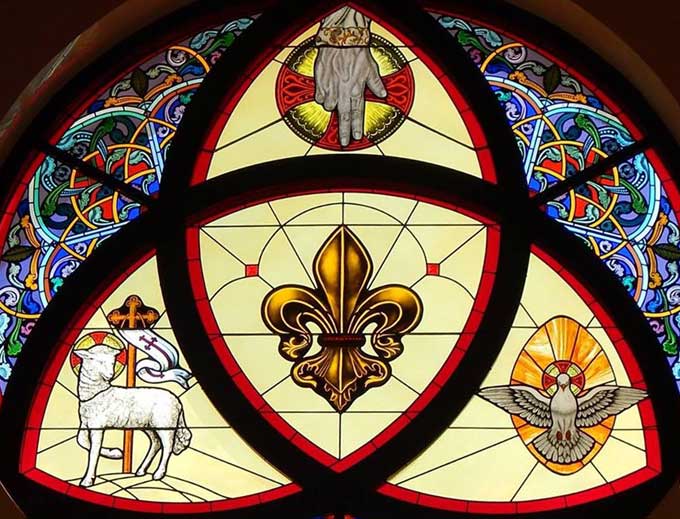
The Triquetra
Also known as the “trinity knot”, the triquetra is formed by interlacing three arcs or overlapping three lens shapes. Visually, it resembles a knot. In Christianity, this embodies the Holy Trinity; the Father, Son, and Holy Spirit, especially since the Celtic Revival of the 19th century. Additionally, the circle that commonly surrounds the triquetra is said to represent God’s, all-encompassing love.
As believers, it is vital to know the Trinitarian doctrine and nature of the Holy Trinity as co-equal and co-eternal. However, we do not serve three gods. Instead, we serve one God with three natures. We should not let ourselves be confused about this; just like the Triquetra, there are three knots existing in one symbol. Every knot is equal in shape and size just like how the Holy Trinity is all equally powerful and worthy of praise.
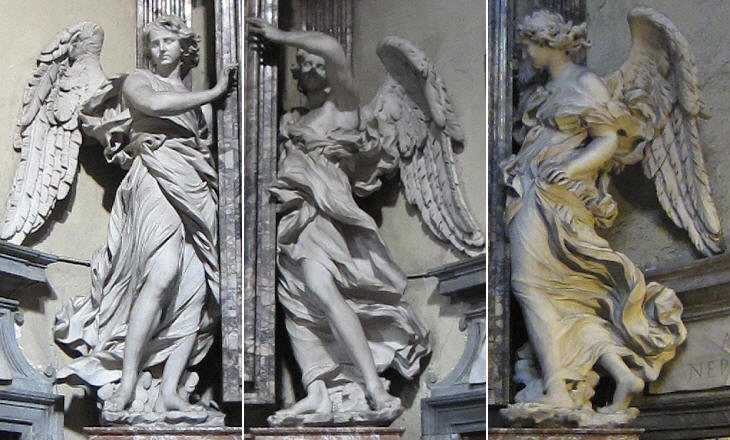
The Angel
From the Greek word “angelos” meaning “messenger”, angels are one of the most used symbols pertaining to Christianity. These spiritual beings are commanded by the Lord guard humans in their lives (Psalm 91:11) and sometimes, they relay different pieces of news to humans. This is seen during the announcement of the Birth of Jesus by the Archangel Gabriel.
Angels represent several truths in our lives that give us an idea of just how loving and caring the Lord is. Daniel 6:22 and Exodus 23:20 are Bible verses in which God has sent His angels to product His people. This is just one of the many actions the Lord has been doing to ensure that we are safe at all costs. Let us never forget that at times when we are asleep or at times when we are resting, the Lord never rests in loving and protecting us. God always sends His angels just for us. We only need to be still.
Symbols of Life: Nature
God communicates to His people through nature. From the refreshing waves of the ocean to the relaxing sounds of chirping birds, God is present in all things. Therefore, it comes in no shock that nature also has its shares of symbols of life. Some of these are established as representations during the earlier centuries while others are recognized in more recent times. Either way, here are the several symbols of life we can spot through nature.
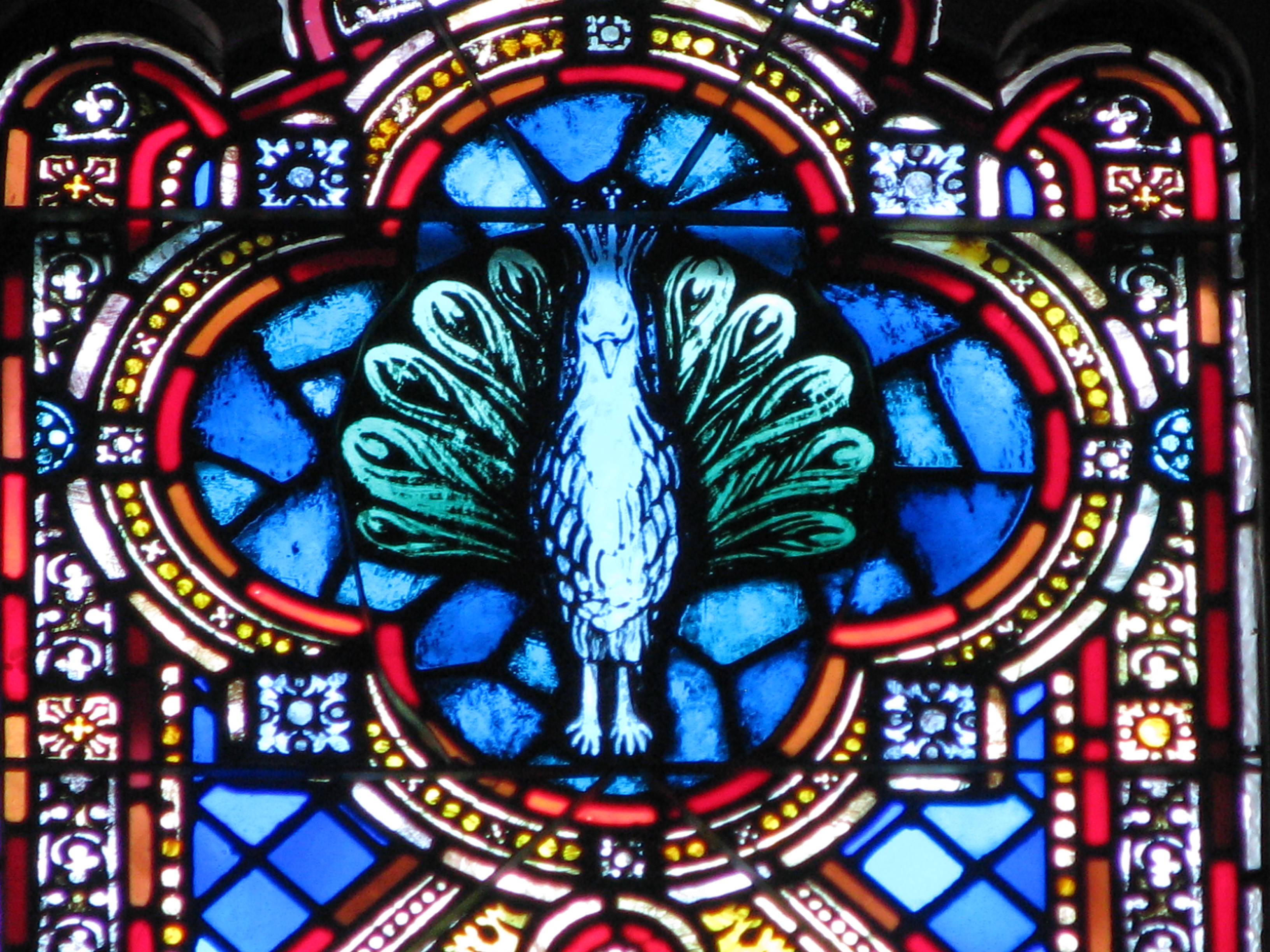
Peacock
The peacock has an interesting story as to how it became one of the Christian symbols of life. In the past, Ancient Greeks believed that the flesh of peacocks does not undergo rotting or decomposition after death. Thus, they started associating peacocks as a symbol of immortality.
This symbol is used to acknowledge God’s never-ending, never-wavering qualities which makes Him worthy of praise and worship. On the other hand, early Christians also use the peacock as a representation of them looking forward to eternal life in Heaven with God. This animal is both used as either a symbol that describes one of God’s qualities or a representation of their enthusiasm for the life to come in the reunion with the One who made it all.

Fire
Fire signifies different messages depending on whoever is seeing it. First, it can be used as one of the symbols of life that describe God’s love. Fire is warm and bright – just like God’s passion for His people in providing, protecting, and blessing them. Second, fire is used to represent Jesus. Fire is an item that can be used to light up empty and dark rooms.
In the same manner, Jesus tells us in John 14:6 that He is the Way, the Truth, and the Light. Lastly, fire is also a representation of the Holy Spirit. Also, during the Pentecost, the followers of Jesus received the tongues of fire that allowed them to speak in different languages. Therefore, fire can be used as a symbol of the gifts one can receive through the Holy Spirit.
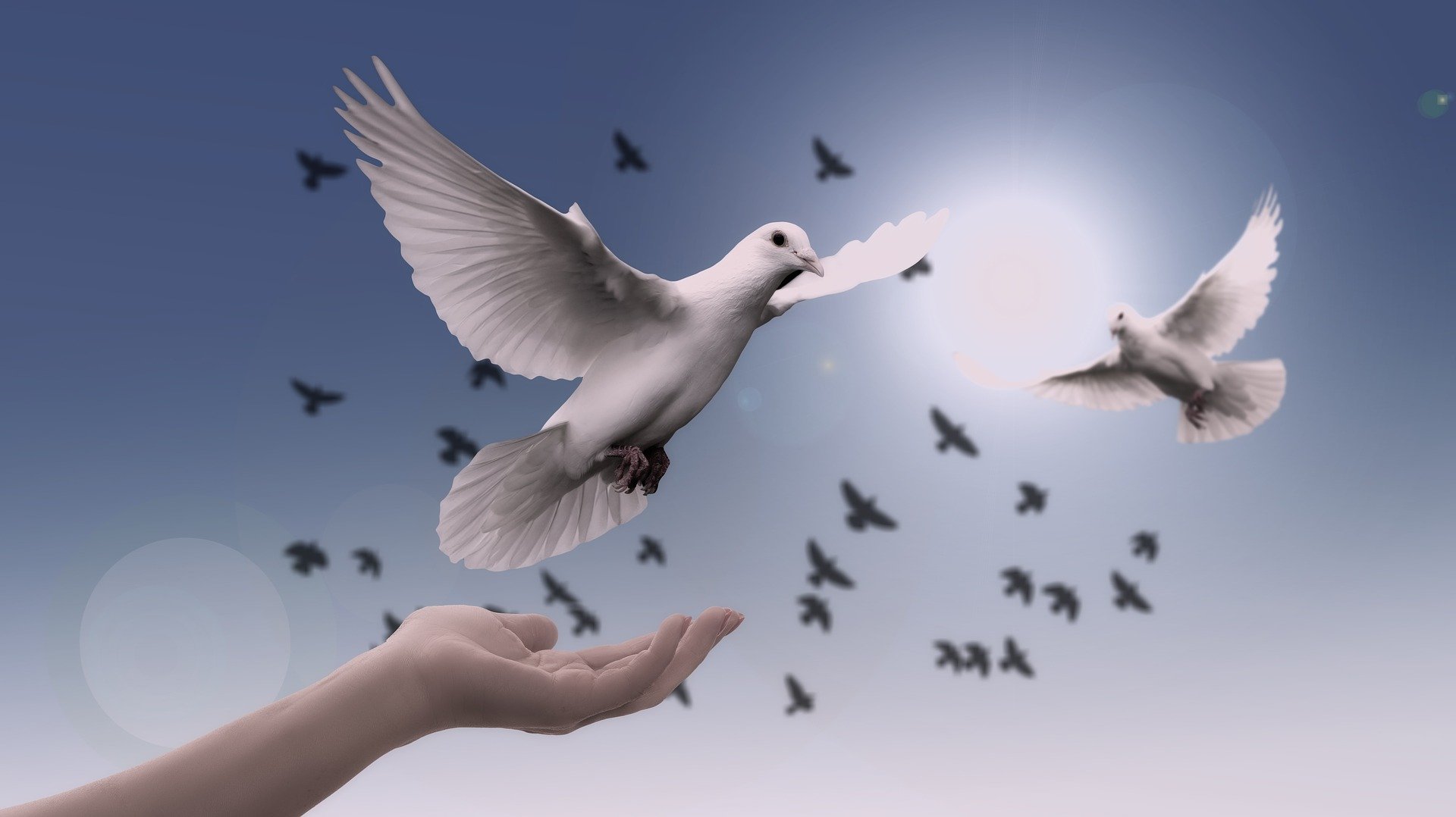
The Descending Dove
One of the most prominent symbols of the Holy Spirit is the descending dove. During the baptism of Jesus in the Jordan River, the Holy Spirit descended upon Him in the shape of a dove (Matthew 3:16). Additionally, prior to Jesus’s baptism, the dove was seen sporadically throughout the Old Testament such as the time of Noah’s Ark and the flood (Genesis 8), and the sacrificial system where doves and turtledoves were the only birds that could be offered as acceptable sacrifices because of their perceived purity (Leviticus 12:6).
Because doves are also used to symbolize purity, freedom, and peace, in Christian traditions, doves are part of wedding ceremonies where they release cage doves to symbolize a married couple’s harmonious relationship. The descending dove acts as the many symbols of life that represent the Bible’s core teachings in multiple events.

The Heart
As one of the symbols of life, the heart is the most used symbolism to represent many things such as love, marriage, passion, or friendship. However, the Word of God brings a whole new meaning to the shape. This symbol is used to reference 1 Samuel 16:7 where it is revealed that God does not see you for your appearance nor achievements. Instead, He looks on the heart. One should not live with a heart that breeds bitterness and ill intent. Aside from this being an unpleasant sight for the Lord, it hinders a person from living fully.
The second meaning behind the heart is the unwavering love of God to His people. Hearts has become a universal reference for any type of love between humans. But, the love that God offers to everyone is beyond any type of love ever known to man. His love is unconditional, universal, and immortal. That is why we never lived a second unloved for the Lord’s love applies to everyone.

Water
Water usually symbolizes three things; First, it represents baptism, and the new life brought upon the recognition that we live through, by, and with Jesus. As we know, water plays an important in baptism. Therefore, this symbol has been used for that reason. Second, water represents healing or cleansing. This is referenced in the story of Jesus and the Woman at the Well where He offered her “living water” (John 4). Plus, we also use water to clean or get rid of dirt on our bodies or possessions.
Lastly, water represents God. In our lives, we experience thirst not only because of dehydration but, our absence of God’s presence. When we do not quench ourselves with the Words and the promises of God, we grow thirsty and unfamiliar with hope, happiness, purpose, satisfaction, and many more.
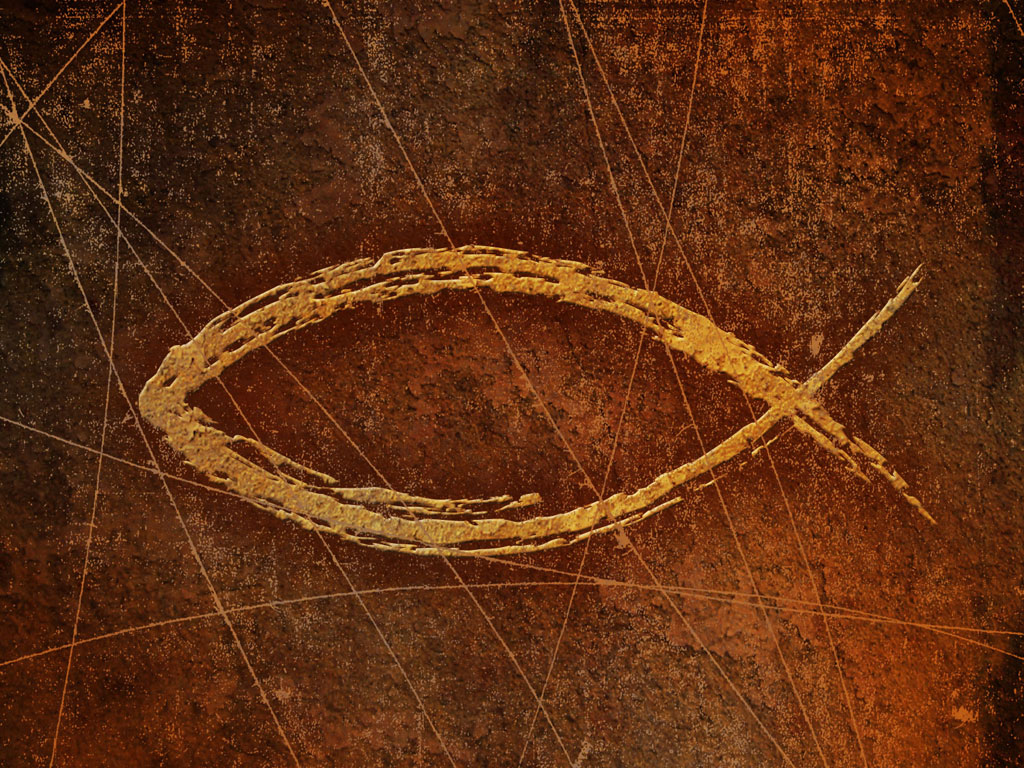
Fish
These aquatic creatures hold a very interesting story as one of the symbols of life! Back then, early Christian was not able to express their faith in public, or else they will suffer the consequences of Roman persecution. To avoid this, they came up with a symbol called Ichthus which is the Greek word for “fish”. However, Ichthus was definitely more than just “fish”, this was an acronym that had the meaning of: (I)esous, (CH)ristos,(TH)eou,(U)ios, (S)oter which meant “Jesus Christ, Son of God, Savior”.
But, it does not end there; the fish is also a reminder of the miracle Jesus has done with the five loaves and two fishes. In life, this incident reminds us that God will always provide for us. Sometimes, it might seem like we five loaves and two fish are not enough (Matthew 14:13 – 21, John 6:1 – 14). But with God, there is always abundance. It might not look like it at times but, God’s Mercy to feed us is always a constant. Aside from this, Ichthus holds such a creative and powerful symbolism to praise God. The early Christians worshipped God in silence, but today, we are given the opportunity to worship His name loudly!
Symbols of Life: Objects
God shows Himself everywhere. In fact, there are several symbols of life that might surprise us because of how these objects are minor things but can be seen everywhere! There are so many items we see on a daily basis that serve as little reminders of God’s many heartwarming characteristics. All we need to do is to open our eyes to see and acknowledge them. In that way, we’ll be able to enjoy our day a little bit more because of the little details we see through these symbols of life.
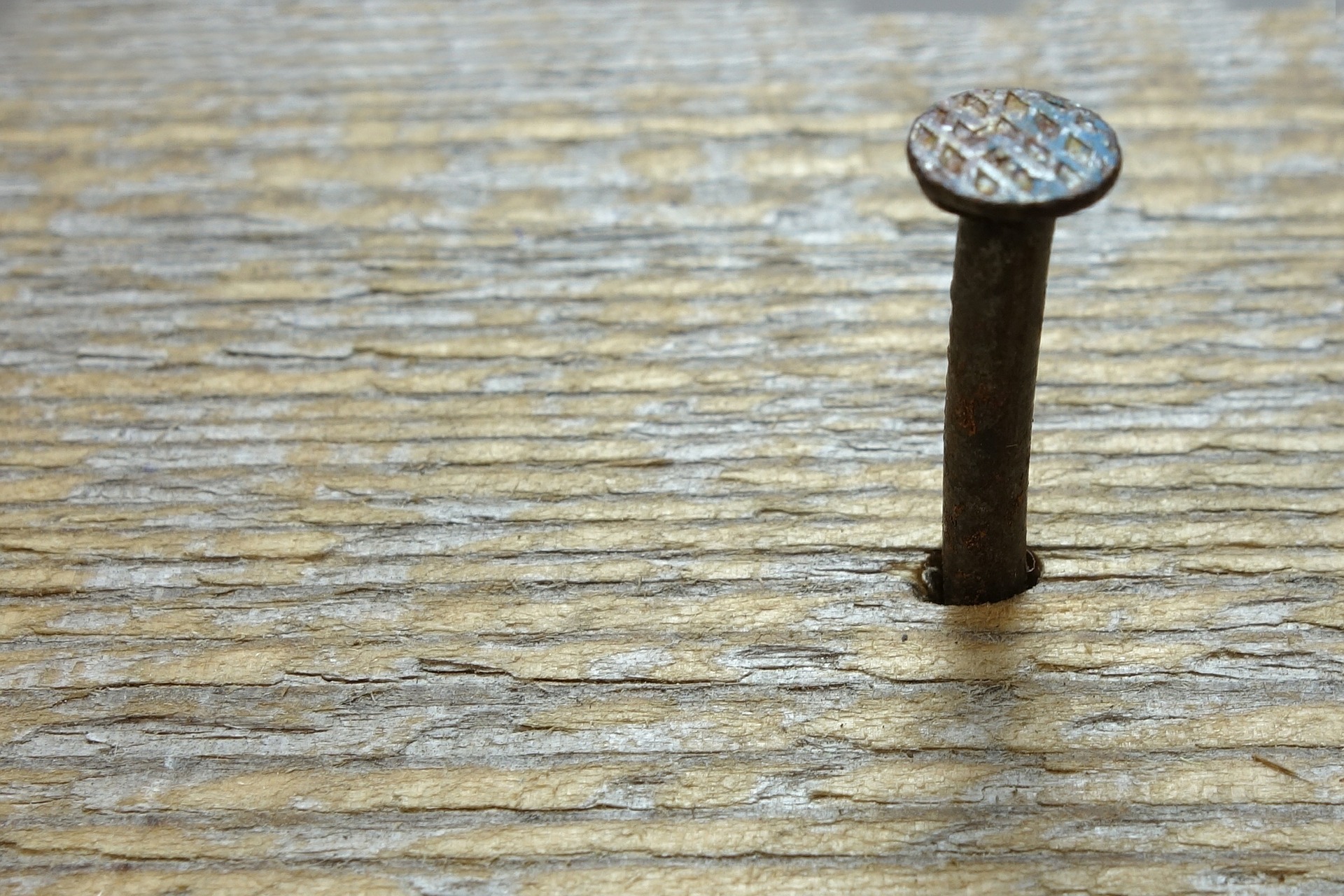
The Nail
During Jesus’ crucifixion, nails were buried in His palms and feet. At the time, the culture for crucifixion only utilized three nails. One nail would be for each palm and one for his feet. Nails symbolize the physical pain of Jesus Christ as He bled and suffered on the cross for our sins. The nail is a symbol that reminds us of God’s unconditional love and sacrifice. Additionally, it is most likely that the significance of three nails is also associated with the Trinity–the Father, the Son, and the Holy Spirit. Through the pain and passion of Christ, we are saved; and nails represent this.
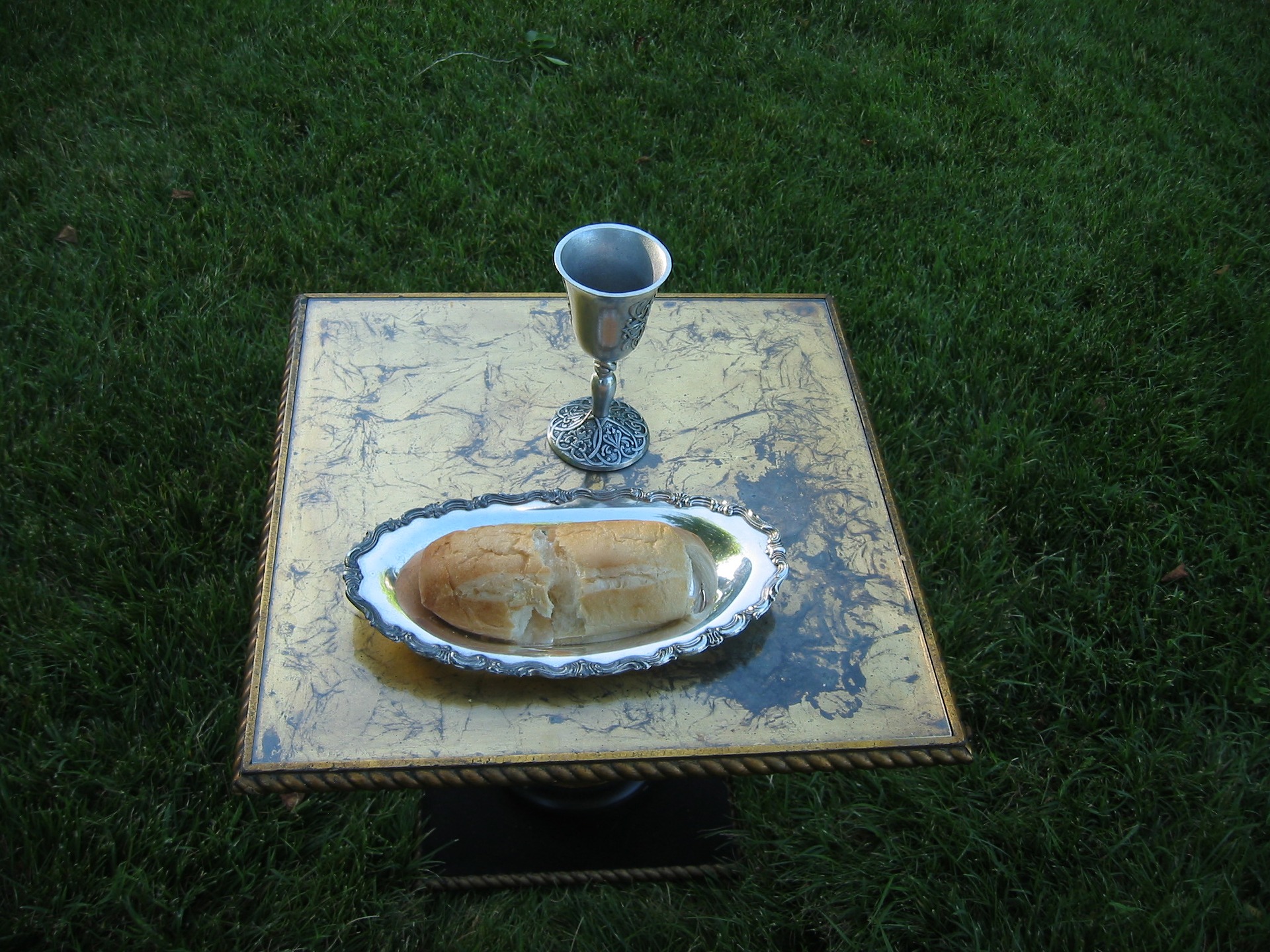
Loaf and Cup
In the Bible, there are two stories that build up this symbol. First, the loaf represents the wonderful story of how Jesus was able to feed five thousand people with just five loaves and two fish. This is in reference to Matthew 4:4 which tells us to not live by bread alone. Instead, one should carry out their lives with the proceeds from the Mouth of God.
The second representation is taken from the Last supper where Jesus breaks bread into pieces for his disciples. And in remembrance of Jesus’ death and sacrifice, today we take the Holy Communion, made of bread and wine in place of the loaf and bread as the symbol of the body of Christ. Indeed, we would have never been able to experience what we are able to experience if it weren’t for the sacrifice of Jesus the loaf and cup remind us of!
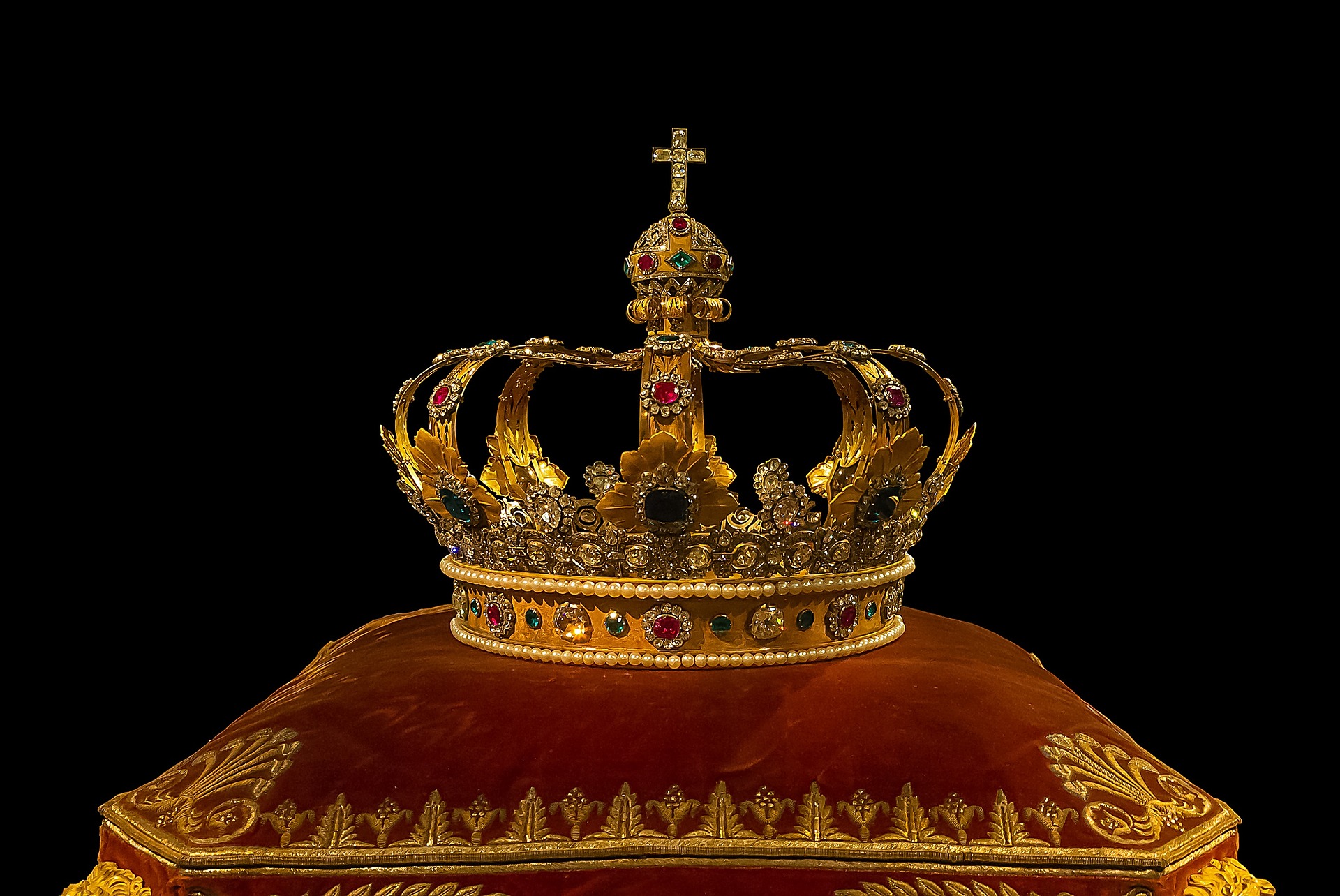
The Crown
In any palace or royalty, crowns are used to establish one’s power or position. Similarly, for Christians, the crown is a reminder of how God is the King of kings and Lord of lords (Revelation 19:16). Furthermore, we see God as the one and only King in our lives, and in Him alone do we serve with all our abilities.
The symbol of the crown can also represent the thorns that were on Jesus’ head when He died for us. Because of His vast humility and love, this thorned crown became a crown oozing with glory when He went to Heaven. But, here’s what’s great about the King we serve – Only in God do we see a King do anything for His People. And only in God do we see a King lay down His life for people who have sinned towards Him.
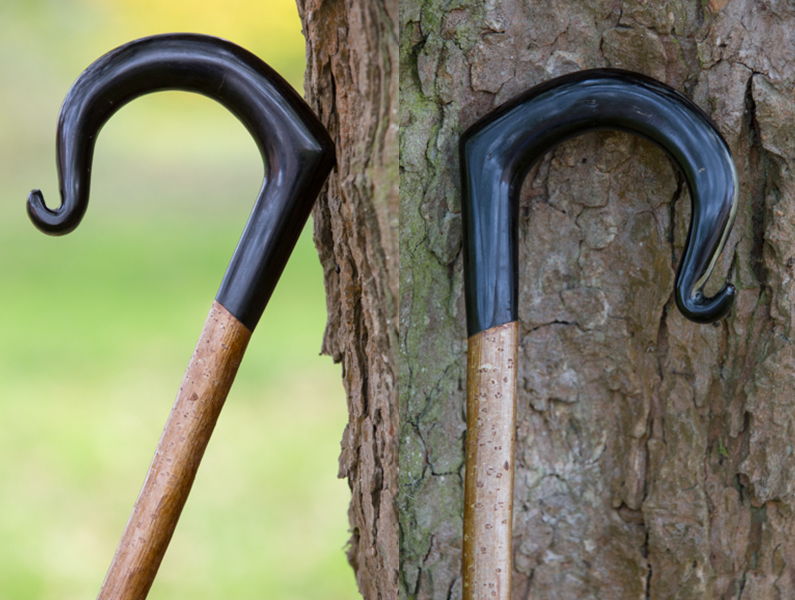
The Shepherd’s Crook
There are many symbols of life that illustrate the love of God towards His people. But, the shepherd’s crook offers a specific example of His love. In Psalm 23, David described God as his shepherd. He narrates how God gives him comfort, guidance, and protection that restores his soul and sets him in the path of righteousness. Remember, if God gave David courage and strength when he faced Goliath, He is going to do the same for you, no matter who or what your Goliath looks like.
In the New Testament, Jesus described Himself as the Good Shepherd. The Parable of the Lost Sheep is also a reference for this. Jesus tells about how a shepherd would go seeking for his lost sheep despite him having a hundred of them (Luke 15). He proceeds to say how happy this shepherd is once he locates and brings his lost sheep back home. In the same manner, we are all sheep of the Good Shepherd which is God. No matter how much we sin, God is always delighted when one of His sheep returns to Him.
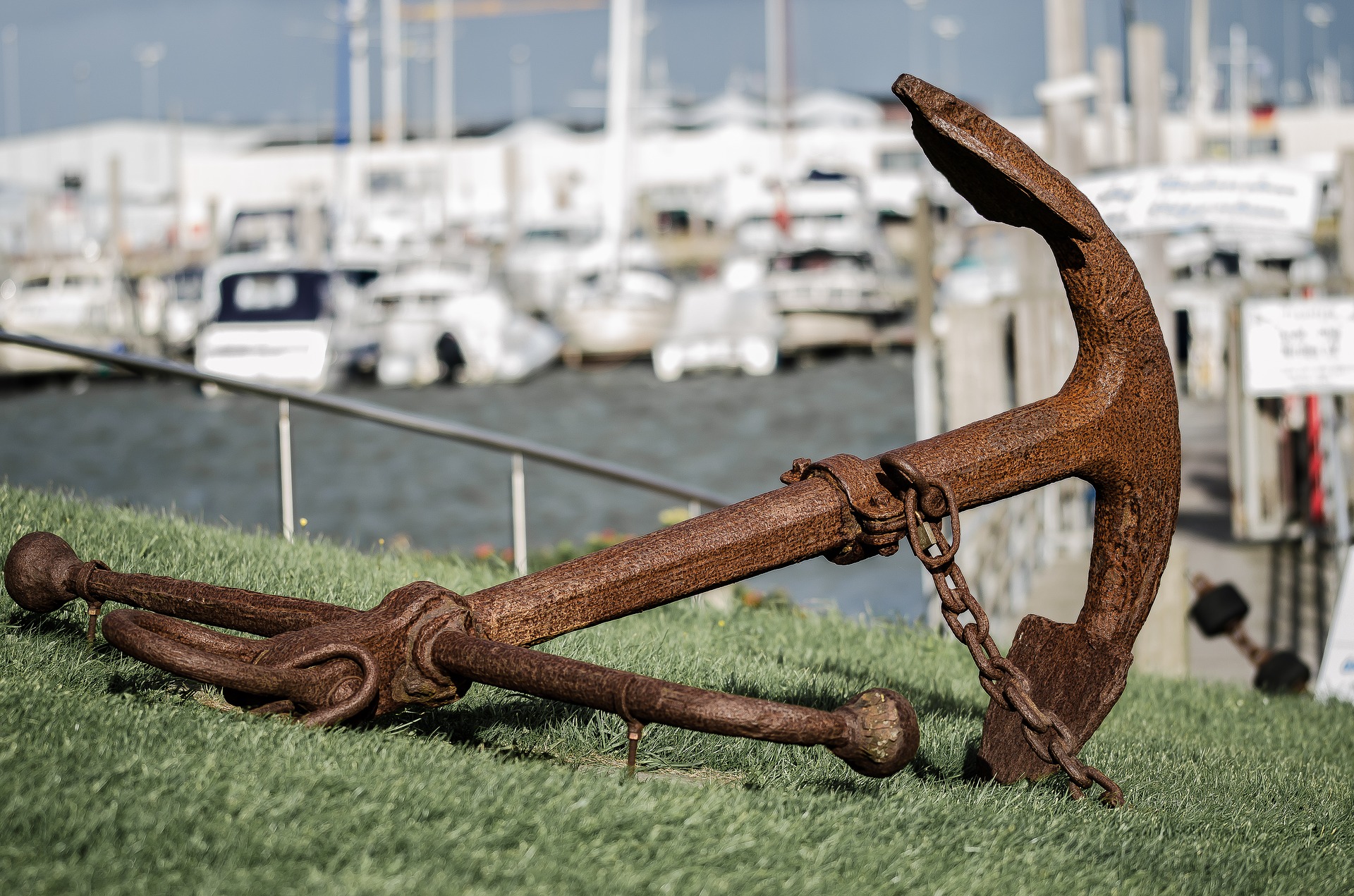
Anchor
The symbol of the anchor is sourced in Hebrews 6:19. This pertains to the statement mentioned, “the anchor of the soul” which are both certain and steadfast. We are encouraged to walk with hope and strength as Christians in facing today’s world. Through prayer and dedication, we can acquire “the anchor” that repels the works of the enemy. Anchors were actually seen in inscriptions in the catacombs of early Rome, they were usually carved in Christian gems or intaglio.
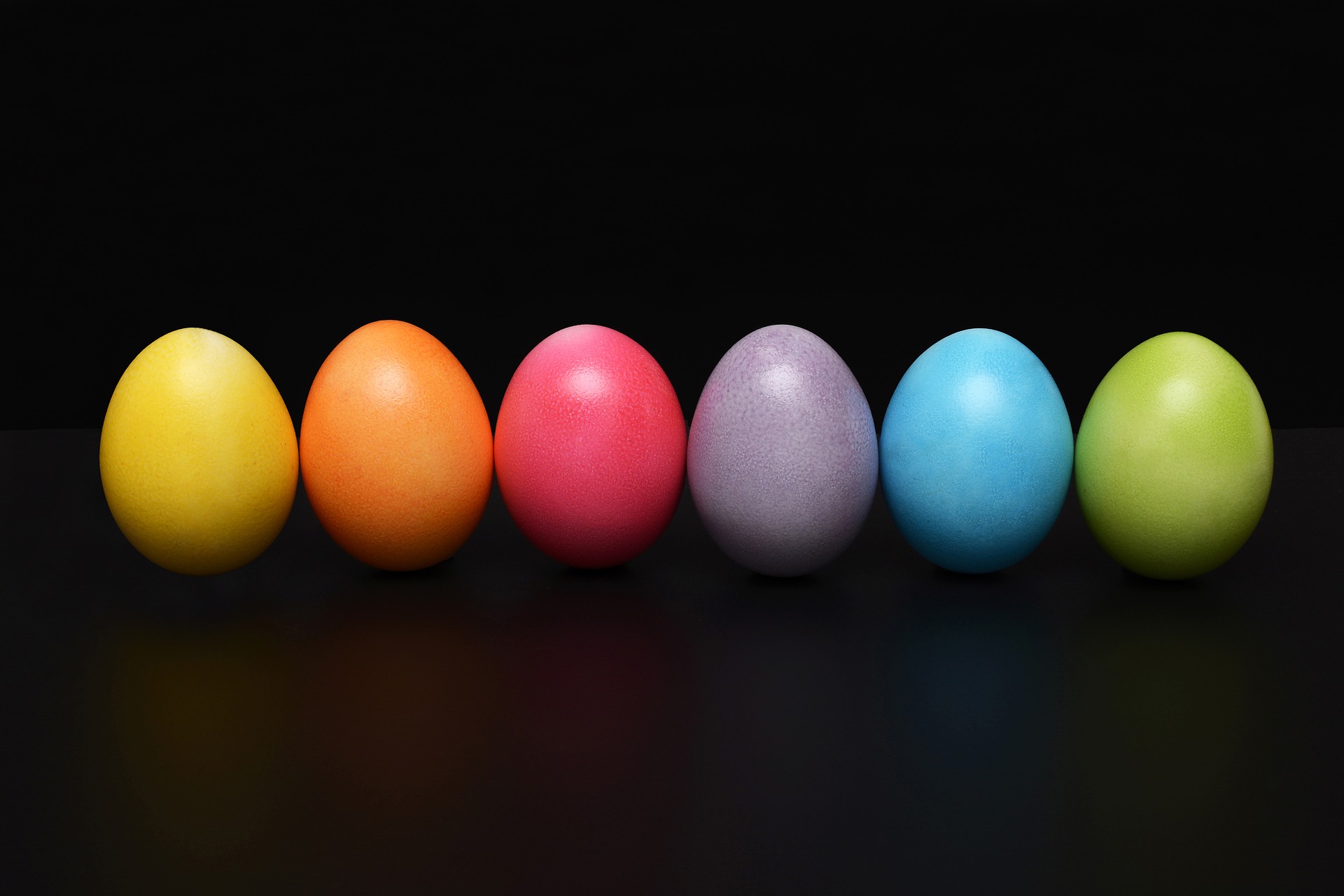
Easter Egg
These intricate and colorful handpainted or dyed eggs or “easter eggs” are a must during the gleeful and highly meaningful season that is Easter. These eggs come in colors that are given different descriptions and Biblical associations to celebrate the resurrection of Jesus Christ. Over the years, people use easter egg hunts or easter egg painting to commemorate the moment where we are given a new life with love and forgiveness under the sacrifice of Jesus.

These symbols of life is another way of viewing God’s presence in the objects, images, and even in natural creations that surround us. Sometimes, we only need to observe with what’s more than we can see and we’d be surprised to unfold so many symbols of life that tell us beautiful reminders and stories about how God loves us.
